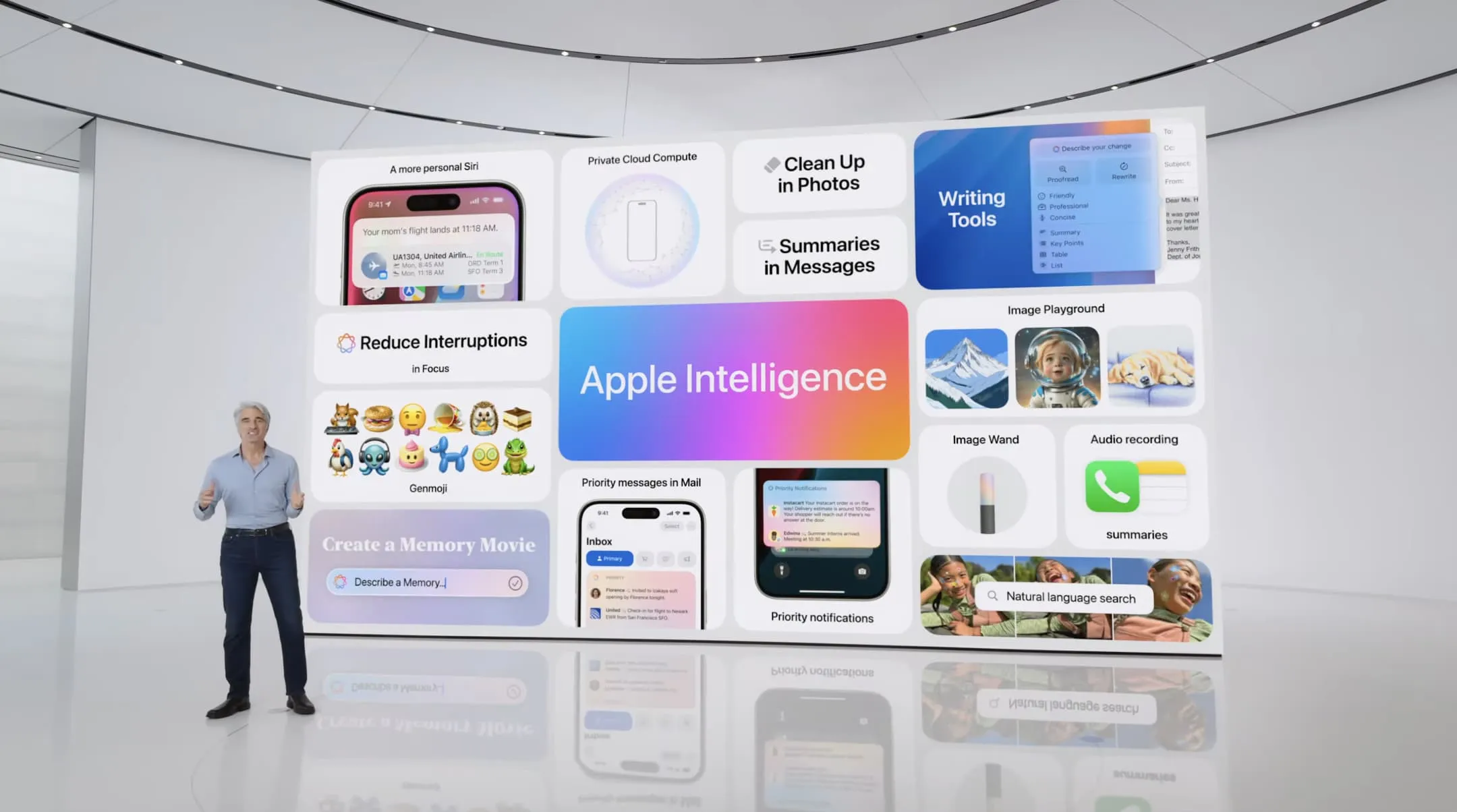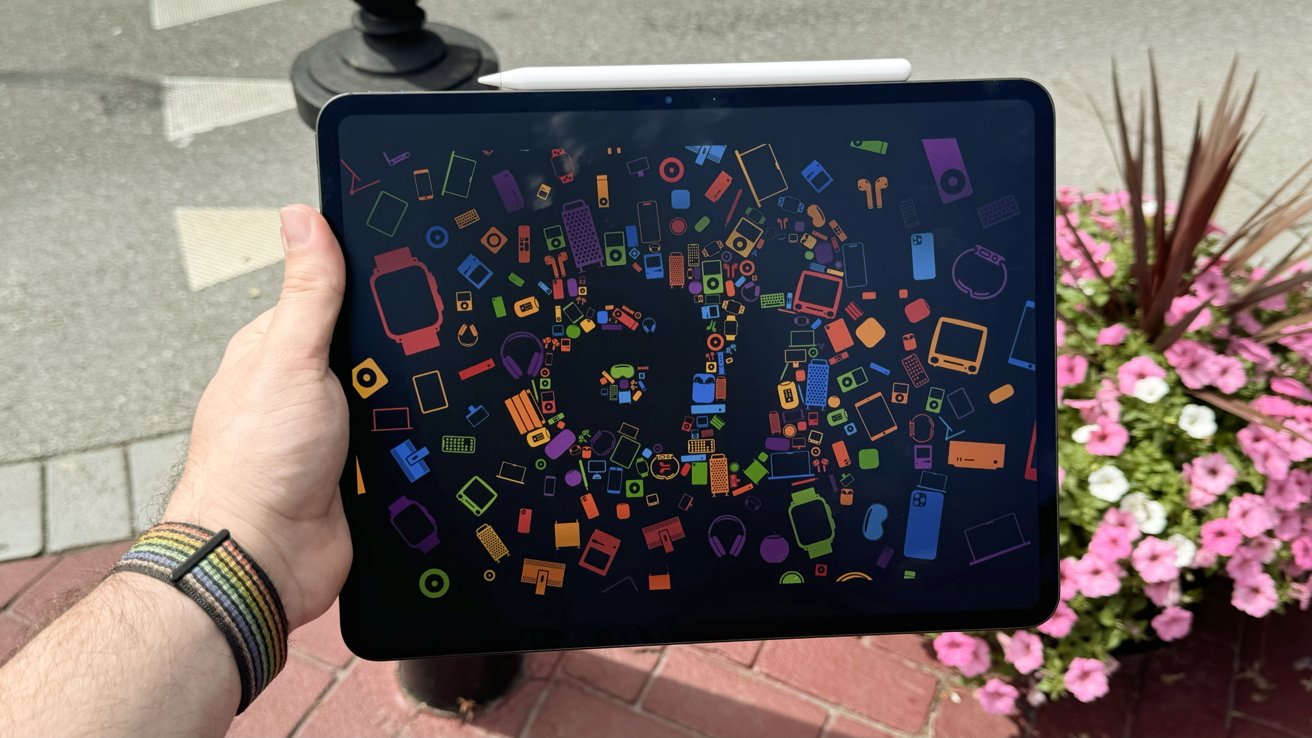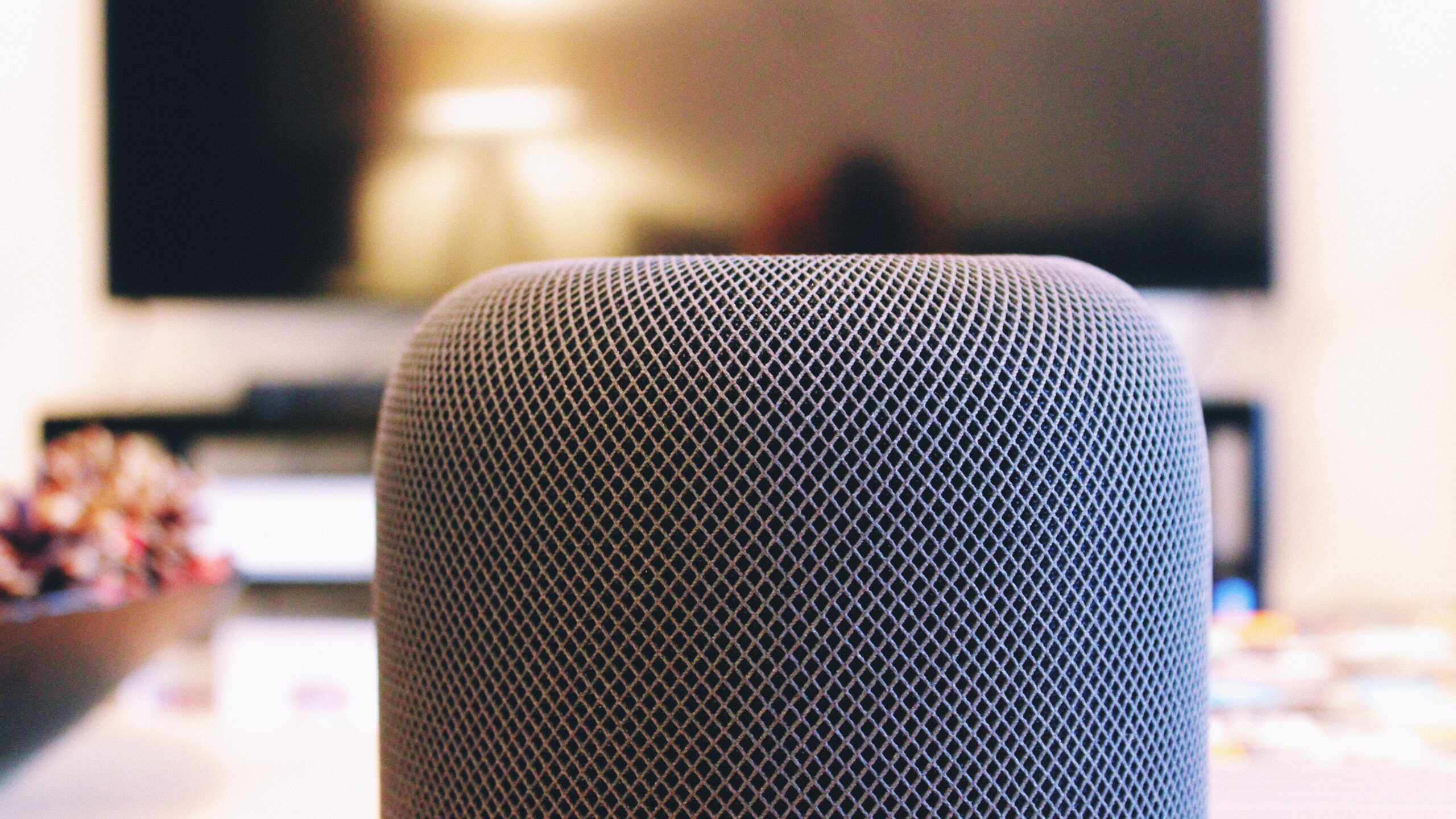The new iOS 18.3 update is almost here, and it brings some changes to how you use AI on your iPhone, iPad, and Mac.
Apple Intelligence Now On By Default
Before, if you wanted to use Apple’s AI features, you had to turn them on yourself when updating to iOS 18.1 or 18.2. But with iOS 18.3, these AI features will turn on automatically when you update your device.
Here’s what this means:
- If you’re new to iOS 18.3 or upgrading, Apple Intelligence will automatically start working once you set up your phone. You’ll need to go into your settings to turn these features off if you don’t want them. Just go to the Apple Intelligence & Siri settings and switch off the AI.
- The same goes for iPads and Macs with the new updates.
After months of AI Being Available
Most people who can use Apple’s AI have already turned it on. But for those who haven’t, the update will do it for you.
There’s one question, though. What if you turned AI off before? Will it turn back on with this update? We’ll need to wait for the official release to know for sure.
This update doesn’t add many new things, but it does change how notifications work with AI, which has been a hot topic. Apple seems to think that after some time with AI out there, it’s time to make it default.





